Horrific Inquiry: DRACULA (1931)
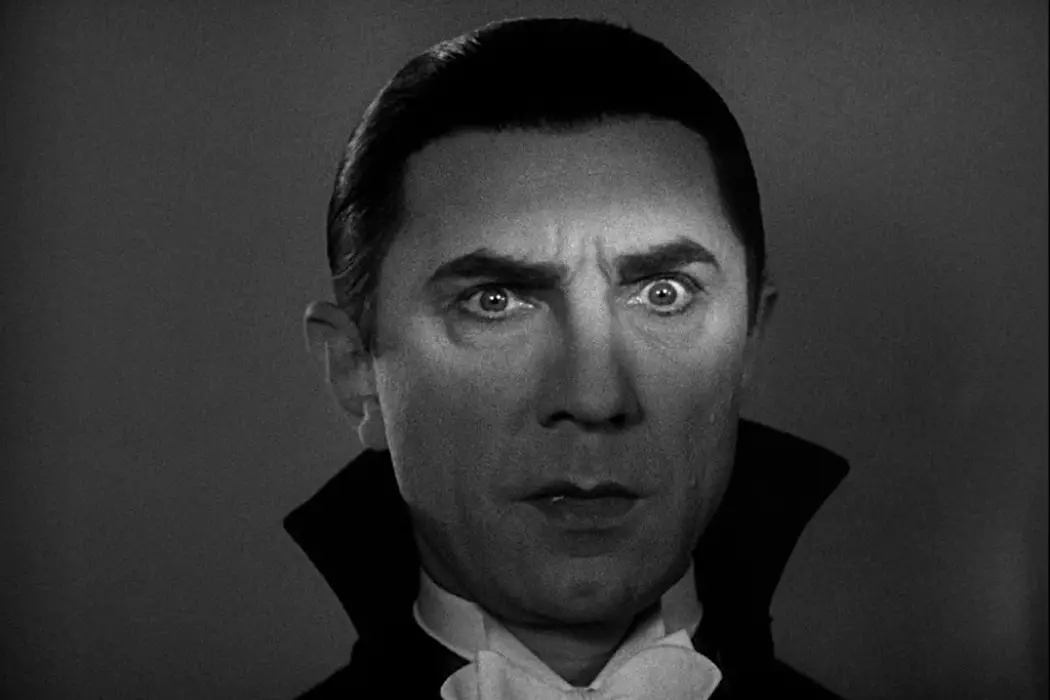
Stephanie Archer is 39 year old film fanatic living in…
Welcome back to the scariest, and at times goriest, column here at Film Inquiry: Horrific Inquiry. Twice a month, I will be tackling all things horror, bringing two films back into the spotlight to terrify and frighten once more. And occasionally looking at those that could have pushed the envelope further. Join us as we dive deep into the heart of horror, but warning, there will be spoilers.
“Listen to them. Children of the night. What music they make.” – Dracula, Bram Stoker
As Easter swiftly approaches, it aligns with spring, a sense of eternal life and renewal filling the mind and the senses. Its pastel colors and religious offerings seem far from lending themselves to a season of darkened shadows and horror. But alas, for horror fans, there is always a scare to be inspired and celebrated. This month, eternal life finds its roots in the promise of life after death, the drinking of blood contrasting the religious practices that surround Sundays and Easter. Because as Jesus rose from the dead, so too did Dracula.
But this month’s selection could not just be an adaptation of Bram Stoker’s literary classic, Horrific Inquiry diving deep into the archives of horror to revisit the undeniable legend of 1931’s Dracula. One of the early transitional films of sound and horror, and one of the first horrific creatures to deliver a speech on celluloid, it remains a classic induction into not only horror history but cinematic as well.
From director Todd Browning, Dracula would be the second installment of what would be known as Universal’s Creature Features, following the massive success of Frankenstein earlier that year. And where Frankenstein brought us the heart of a monster, Dracula would bring terror to the night. And while it may not have entirely stood the test of time, it stands as an eternal classic, proving not only the strength of stage play to screen adaptations but the strength of its leading man Bela Lugosi.
Mood Setting Opening
Dracula opens with an extended credit title card, introducing the players within the film, dark imagery filling the background – particularly noticeable a bat that could be argued as a possible inspiration to the well-recognized Batman symbol. As the title cards run through, they are accompanied by Tchaikovsky’s Swan Lake – an opening sequence musical filler that would be repeated later in Karl Freund’s The Mummy a year later. It is not particularly mood-setting, but rather gives the audience a chance to settle into the film.
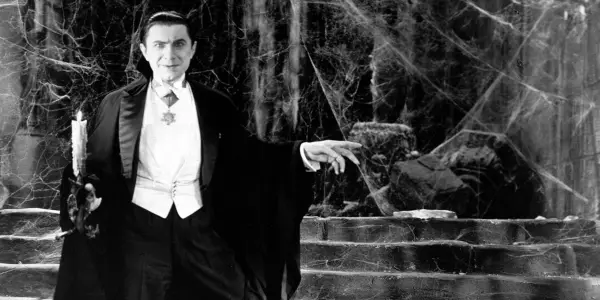
Though its introductory title cards do not set a mood, the film itself immediately does. Viewers are taken inside a carriage on its way to the local village. There is an intensity that swells in these openings sequences, the travelers speaking quietly of the Nosferatu, their fear mirrored by the village’s residents. As Renfield (Dwight Frye) arrives with them, he prevents his luggage from being removed from the carriage, stating he is still in need of its services to bring him to the Borgo Pass as another carriage will be awaiting his arrival at midnight.
As he explains to the villagers, he has been employed by Count Dracula for real estate acquisitions, and he must make his checkpoints. The villagers plead with him not to go, many giving the sign of the cross and blessing him with a prayer. One woman goes as far as gifting him a necklace with a cross, imploring him to wear it at all times. While he listens to their concerns, he ignores what is nothing more than legend and makes for the Borgo Pass.
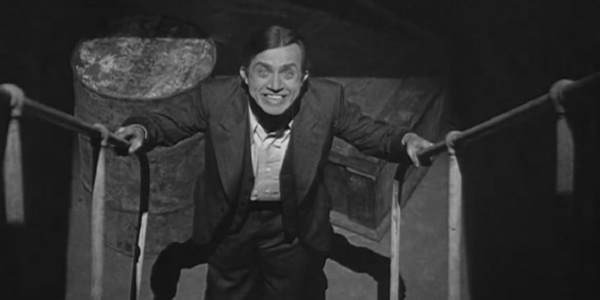
Where Dracula excels early on is in its refusal to make the audience wait to meet its monster. While it is already bound to introduce him early based on the text and stage play it is adapted from, the introduction could have easily been drawn out. Rather, it leans into the appearance of Dracula and his wives, the camera leaving the comfort of the village and bringing us into the heart of Castle Dracula. In the crumbled and unkept ruins of the castle, viewers are brought to three coffins, the lid of one cracking open slowly, a contorted hand reaching out, grasping the lid to open it further. The camera takes in the other coffins, as well as their surrounding environment, the black and white film made even darker by the various shadows cast in corners on the subsequent faces of the coffin’s inhabitants.
A Classic in Its Monster
And then we are introduced to Dracula, a full-length view bringing us to a closeup of his face, his features captured ominously by the targeted light on his eyes – executed by the brilliant cinematography of Karl Freund. This would again return the following year in his film The Mummy, validating the undeniable influence Dracula would leave not only on its own crew but on those that would follow after. Immediately, there is a command in the presence of Dracula, Bela Lugosi in complete and undeniable control of body, mind, and atmosphere, this control is compounded as Dracula turns to ascend the stairs to the castle above.
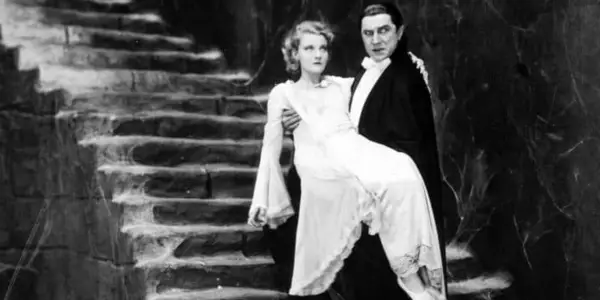
As Renfield arrives, Lugosi‘s Dracula maintains this power of stage presence, his introduction in a wide-open room with a grand descending staircase to Renfield no match to the attention he demands. With each carefully placed step, Lugosi ensures his Dracula is in complete control while radiating an ever-increasing sense of foreboding. As the interaction of Renfield and Dracula brings them to both the dinner and quarters for Renfield stay, we truly get to see the extent of Lugosi’s strength as an actor – a strength that continues to grow as the film progresses.
Every movement is with purpose, Lugosi in constant and complete control. One scene, in particular, stands out, control of movement matches that of expression. While Count Dracula is checking in on the health of Mina (Helen Chandler), who had been suffering from symptoms linked with a loss of blood, Dr. Van Helsing (Edward Van Sloan) discovers (in a clever trickery of camera and editing) that Dracula does not have a reflection. As the pieces click and the puzzle becomes complete, Van Helsing realizes the Count is the culprit they have been looking for.
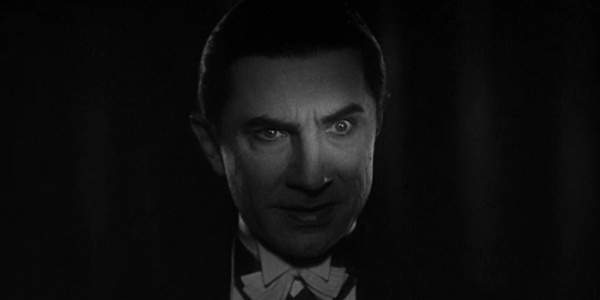
He approaches Dracula, asking him to look at something within the little jewelry box. As the lid opens, Dracula is brought face to face with the mirror within, his reaction of fear and disgust, turning quickly into anger. Yet, he quickly composes himself, a sly smile and raised eyebrow speaking to the internal thoughts of the Count. There is a respect for Van Helsing recognized early on, before the Count speaks to the intelligence of the doctor. As he fully regains his composure, there is an air of arrogance that matches the respect, a disbelief that he can be beaten with the acceptance of a worthy opponent.
Conclusion
Dracula is a film that finds and retains its strength in the performance of its leading monster, the film making Lugosi a legend of horror and cinema, and its cinematography from Freund – his lighting methods matched with Browning‘s filming inspiration for decades to come. This note of performance, however, would not be complete without a shout-out to the film’s looney, yet a loyal servant of the Count – Dwight Frye‘s Renfield. His performance is overshadowed by that of Lugosi, yet deserves the same note of recognition. His makeup and facial performance screams back to the silent films of old, specifically The Man Who Laughs and The Cabinet of Dr. Caligari. He is hypnotizing and steals every scene he is in, his commitment to the assignment undeniable.
Dracula‘s seemingly lack of score does leave moments unusually quiet, losing the effect of eeriness that one would expect from the silence. And its effects – oh its effects. Where other films of this time period have garnered impressive shocks from modern cinephiles (“how did they do that?” “I didn’t know that was possible”), Dracula fails to retain its impressive effects. Particularly in its flying bat that lingers and stalks just outside its victim’s windows – its appearance continually a guarantee of a laugh.
As a whole though, Dracula balances out as a brilliant classic of an early introduction to sound films and early horror inductions. It would become an undeniable inspiration for decades to come, its effects boosting not only a genre but its central star. And with the current discussion of the revitalization of Universal’s Creature Features – 2020’s Invisible Man and an up-and-coming remake of The Wolfman – there is a hope that Dracula too can be reborn for a modern generation.
What is your favorite Dracula film? Let us know in the comments below!
Does content like this matter to you?
Become a Member and support film journalism. Unlock access to all of Film Inquiry`s great articles. Join a community of like-minded readers who are passionate about cinema - get access to our private members Network, give back to independent filmmakers, and more.













